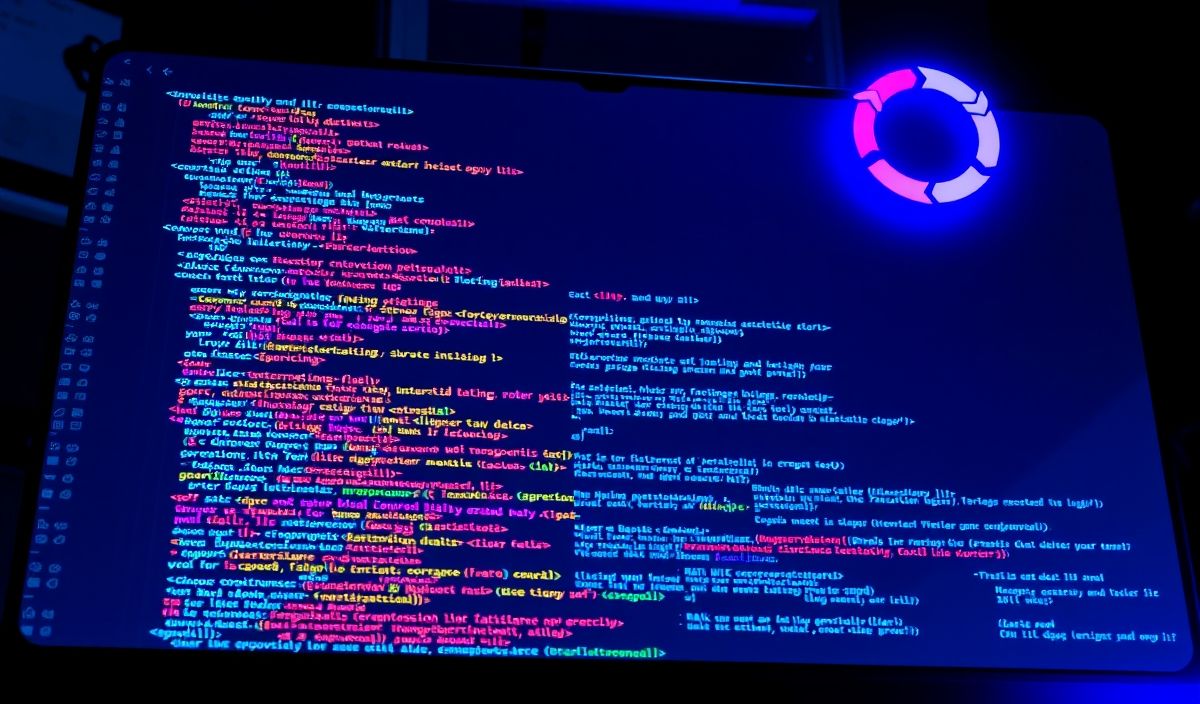Introduction to Node-Slack
The node-slack library is a powerful tool for integrating Slack functionalities into your Node.js applications. It allows developers to easily send messages, create channels, manage users, and utilize many other Slack API features through simplified code. This guide provides an in-depth look at the node-slack library with useful API explanations and code snippets to help you get started quickly.
Getting Started with Node-Slack
First, you’ll need to install the node-slack package:
npm install node-slack
Once installed, you can start using the library in your application by importing it and creating a new instance:
const Slack = require('node-slack');
const slack = new Slack('');
Sending Messages
Sending a message to a Slack channel is easy using the send method:
slack.send({
text: 'Hello, team! This is a test message.',
channel: '#general',
username: 'node-slack-bot'
});
Creating Channels
You can create new channels using the Slack API channels.create method:
slack.api('channels.create', { name: 'new-channel' }, (err, response) => {
if (err) {
console.error('Error:', err);
} else {
console.log('Channel Created:', response.channel);
}
});
Managing Users
Managing users includes inviting users to a channel, setting their roles, etc. Here is an example of inviting a user:
slack.api('channels.invite', { channel: 'C1234567890', user: 'U1234567890' }, (err, response) => {
if (err) {
console.error('Error:', err);
} else {
console.log('User Invited:', response.user);
}
});
App Example Using Node-Slack
Here is a simple example of a Node.js app that uses multiple node-slack APIs for communicating with Slack:
const Slack = require('node-slack');
const express = require('express');
const app = express();
const slack = new Slack('');
app.post('/send-message', (req, res) => {
const message = req.body.message;
slack.send({
text: message,
channel: '#general',
username: 'node-slack-bot'
});
res.send('Message sent to Slack!');
});
app.post('/create-channel', (req, res) => {
const channelName = req.body.channelName;
slack.api('channels.create', { name: channelName }, (err, response) => {
if (err) {
res.status(500).send('Error creating channel');
} else {
res.send('Channel created: ' + response.channel.name);
}
});
});
app.post('/invite-user', (req, res) => {
const channel = req.body.channel;
const user = req.body.user;
slack.api('channels.invite', { channel: channel, user: user }, (err, response) => {
if (err) {
res.status(500).send('Error inviting user');
} else {
res.send('User invited to channel: ' + response.user.name);
}
});
});
app.listen(3000, () => {
console.log('Server started on port 3000');
});
In this example, the app listens for POST requests to three different endpoints: /send-message, /create-channel, and /invite-user. Each endpoint makes a respective API call using node-slack.
By utilizing these node-slack API endpoints, you can streamline communication and collaboration within your team via Slack.
Hash: 4b39239da2185bc156a5116550dc649c5dc5ab37c69153bb49c63cb345e52d7c




